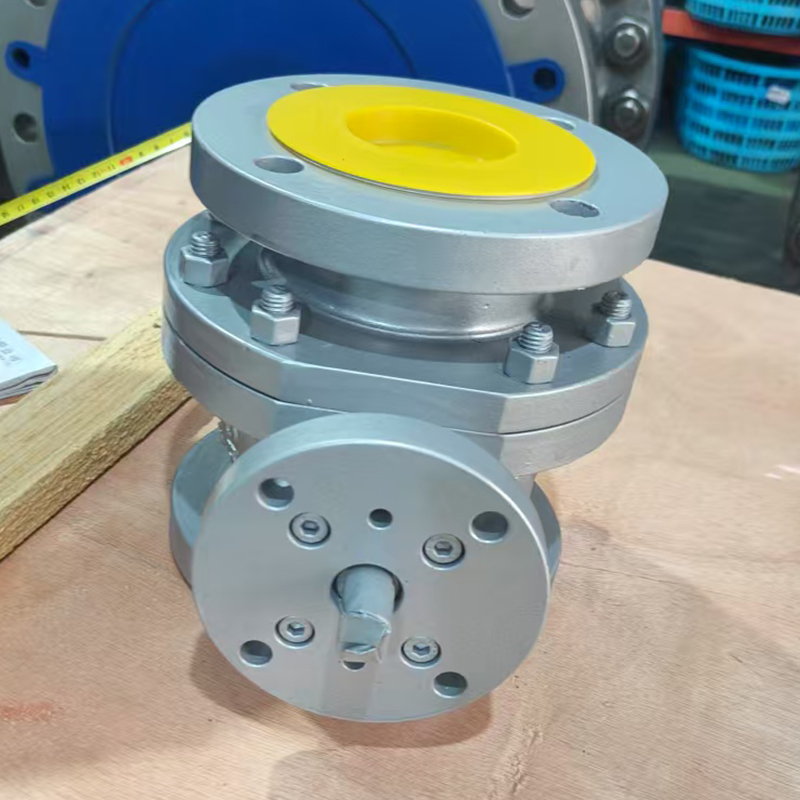
The forged steel floating ball valve is widely used in various industries due to its robust design, high performance, and reliable sealing capabilities. It is primarily employed in oil and gas, chemical, and power generation systems where consistent shut-off and resistance to pressure and temperature changes are essential.

This valve features a floating ball mechanism, meaning the ball is not fixed by a trunnion but is held in place by the compression of the valve seats. Under pressure, the ball moves slightly downstream and presses against the seat to create a seal. This self-sealing mechanism enhances leak prevention, especially in medium-pressure environments.
Forged steel is selected for the body material because it offers enhanced mechanical strength, density, and resistance to thermal fatigue compared to cast alternatives. The forging process improves the steel's internal grain structure, resulting in better tensile strength and toughness, which is particularly beneficial for applications involving thermal cycling or vibration.
The valve consists of key components: the body, ball, stem, seats, and seals. The stem is typically blowout-proof, ensuring operational safety even if internal pressure rises unexpectedly. Soft or metal seats may be used depending on the service environment, and the sealing materials are chosen based on compatibility with the media.
Another benefit of the forged steel floating ball valve is its compact structure, making it suitable for systems with space limitations. Its modular design also allows for easy integration with actuators for automated control.
The high pressure industrial ball float valve is designed to manage fluid levels in systems operating under elevated pressures. It provides automatic regulation by combining a float mechanism with a ball valve structure to control flow based on the liquid level in tanks or pipelines. These valves are commonly used in power plants, processing facilities, and high-capacity water systems.
The core of the valve includes a hollow or solid float that rises and falls with the fluid level. As the float moves, it actuates the ball valve mechanism, opening or closing the flow path. This automation eliminates the need for manual operation and ensures consistent level control without active monitoring.
Structurally, the valve body is typically made of forged steel or stainless steel, chosen for their durability and ability to withstand both internal and external pressures. The forging process enhances the material's grain uniformity, increasing its strength and making it suitable for high-pressure applications. In many designs, the valve also includes reinforced seals and seats to maintain tight shut-off under fluctuating load conditions.
The internal ball is precision-machined and polished to reduce wear during repeated operation. It rotates within the seat to either permit or block fluid flow. Depending on the system requirements, the float arm may be externally or internally mounted, and its movement is mechanically linked to the ball's rotation.
One key advantage of the high pressure industrial ball float valve is its ability to provide reliable performance in systems where rapid pressure changes occur. The structure is engineered to minimize turbulence and vibration, protecting both the valve and the connected system.
In maintenance terms, the valve is designed for easy inspection and replacement of internal components. Many models are built with serviceable connections, allowing for quick part access without full system shutdown.

